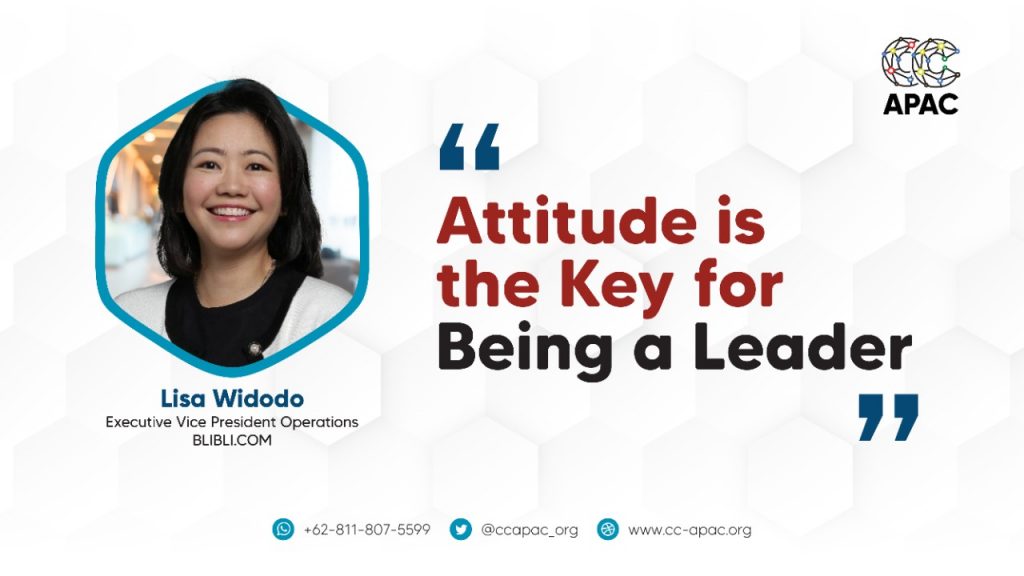
By Andi Anugrah, Chairman of ICCA Indonesia
A few days ago, I received a message from an agent asking about the workload at the contact center. That agent concerned about the work schedule at the contact center became difficult because of the frequent changes in work shifts. Sometimes that shift changes cause agents to be able not to serve customers well. With that high service traffic conditions, their rest time is limited.
Of course, I say that every job has risks. If you choose to work in a contact center, you must understand that some people have to work in a 24-hour cycle a day or seven days a week. Each employee will work according to a set schedule with work shifts are usually arranged for nine hours a day with one hour of rest. Each employee will also work 40 hours a week. This means that if an average of eight hours a day, then an employee will work in five working days.
I did not try to dig into the contact center where the agent works. With that agent’s work schedule, of course, the company also treats employees properly. However, the principle, “Customer satisfaction is born from employee satisfaction.” Satisfied employees will provide the best service to ensure customer satisfaction. If the workload is balanced, then each agent will get adequate rest opportunities. After getting a break, the agent can return to work to serve customers.
For some contact centers, managing an agent’s work schedule is certainly not easy. Moreover, if the number of agents working is very much, some can reach hundreds or even thousands of agents. Setting a day and night schedule is also not easy. Many employees have to be placed on a night schedule and duty until the morning. For some employees, working night until morning with a regular intensity is can be problems with their rest schedule. Employees who usually sleep at night have to get used to working and serving customers.
A contact center is a place for work discipline, also arranged rest periods only for a certain period, and cannot be seen pacing in the service area. Agents must set their time as well for doing various rest activities including eating, toileting, worship, and refreshment. And also, agents must start working and return to the workplace at the specified time. Otherwise, the workload can’t be handle with a sufficient number of agents.
However, the scheduling team for agents will concern with several provisions to manage their workload. The scheduling teams are not only concerned with the Service Level, they also pay attention to gender, religious needs, and even various personal needs. That all individual needs will make the scheduling team the hassle of managing the application. If you are already confused about scheduling or managing schedules, a weird work schedule is born and becomes a workload for agents.
For this reason, we should agree on various requests for personal scheduling and use an easy scheduling system. Discuss scheduling with all service lines and get feedback on the work scheduling process. All workload can be discussed internally and find the best solution. It is also a load just because you need a vacation or a meal together. Or it could be that you need a friend to get through all the burdens of your life.
Enjoy this world of the contact center. Then, use this opportunity to serve customers and consider their happiness as your happiness too. I hope your burden will lessen. Hopefully, there is. (AA)









